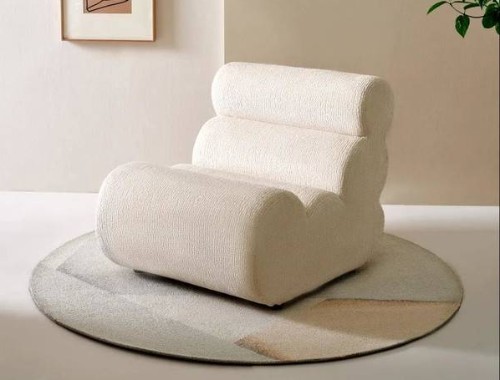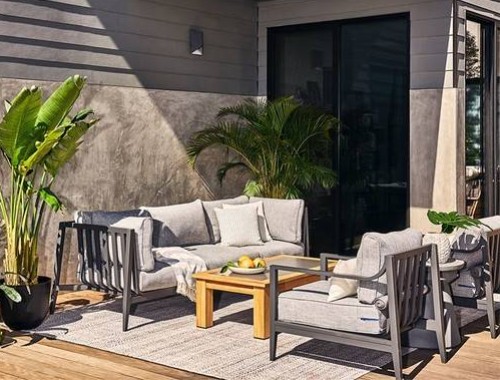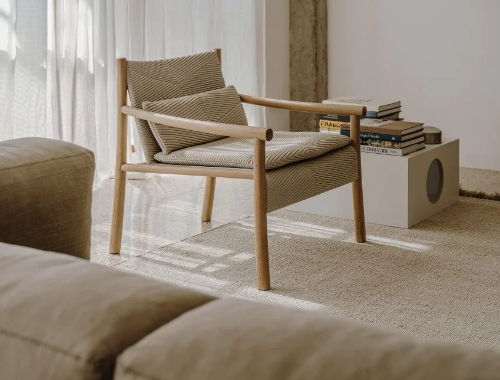Sayl chair built on bridge design
ZEELAND, MICH. (July 22, 2:45 p.m. ET) -- Designer Yves Béhar started with a stripped-down concept of a new office chair for Herman Miller Inc. that mimicked the structure of a suspension bridge.
Fuseproject of San Francisco designed the Sayl chair line for Herman Miller. (Herman Miller Inc. photo)
ZEELAND, MICH. (July 22, 2:45 p.m. ET) -- Designer Yves Béhar started with a stripped-down concept of a new office chair for Herman Miller Inc. that mimicked the structure of a suspension bridge.
His company, San Francisco-based fuseproject, went through more than a thousand sketches and worked alongside the furniture maker and an extended team of engineers, material suppliers, molders and toolmakers on more than 70 different prototypes before that minimized idea for a chair could finally land on the market.
The result — called Sayl — is on sale now and has taught its makers even more about how it can blend materials and shapes.
“The designers we work with have visions for these tremendous things,” said Brent Tracy, new-product development engineering manager for the Zeeland-based office furniture maker. “It’s our job to make it happen.”
The Sayl task-chair or desk model uses a Y-shaped structure and a series of anchor connections at the base of the chair — called the ArcSpan — to support a one-piece back molded of a proprietary thermoplastic polyurethane. Fuseproject likens the frameless TPU back to a suspension bridge. It provides ergonomic support for users, but is also flexible.
The material is “related” to other plastics the company has used before, Tracy said in a July 1 telephone interview, but it had to be revamped to meet the demands of the new chair. The company would not disclose its material supplier.
The chair also had to meet quality standards — the company’s standard 12-year warranty — as well as a retail target price — under $400 for the task chair — that would make economic sense for regular office workers, and not just top executives.
Herman Miller has used suspension concepts before, such as within the encapsulated material of its Aeron chair, but Sayl eliminates the frame of those earlier chairs. Béhar said he wanted to remove as much material as possible from the new design.
That outline also matched Herman Miller’s in-house environmental goals to simplify the number of materials and make it easier to recycle products at the end of their life.
Back support on the Sayl comes from precisely designed geometric patterns of the TPU as well as a complex tool and molding operation.
The chair had more than 22,000 separate features built into its software development tool before prototype tooling and molding even began.
“The amount of work we did with our tooling suppliers in terms of how to gate, where to place the ejector pins, how the tools comes apart,” Tracy said. “We also had a tremendous number of openings, and had to look at things from parting lines and flash — those were not trivial problems.”
Tracy said the knowledge Herman Miller gained on the Sayl project will likely live on in other products now in development.
“Everything we do becomes part of our knowledge base, and as we work from product to product, we’re always looking at breakthroughs and how we can take it to the next level,” Tracy said.
-

Quanyou teamed up with the fashion brand ANNAKIKI to launch a new joint product!
-

Outer, an outdoor furniture brand founded by Chinese, enters the Australian market
-

National Bureau of Statistics: The retail sales of furniture in the first three quarters reached 120.5 billion, an increase of 20.7%
-

Enveloping lounge chairs and lightweight office chairs from Arper feature

 沪公网安备31010402003309号
沪公网安备31010402003309号



